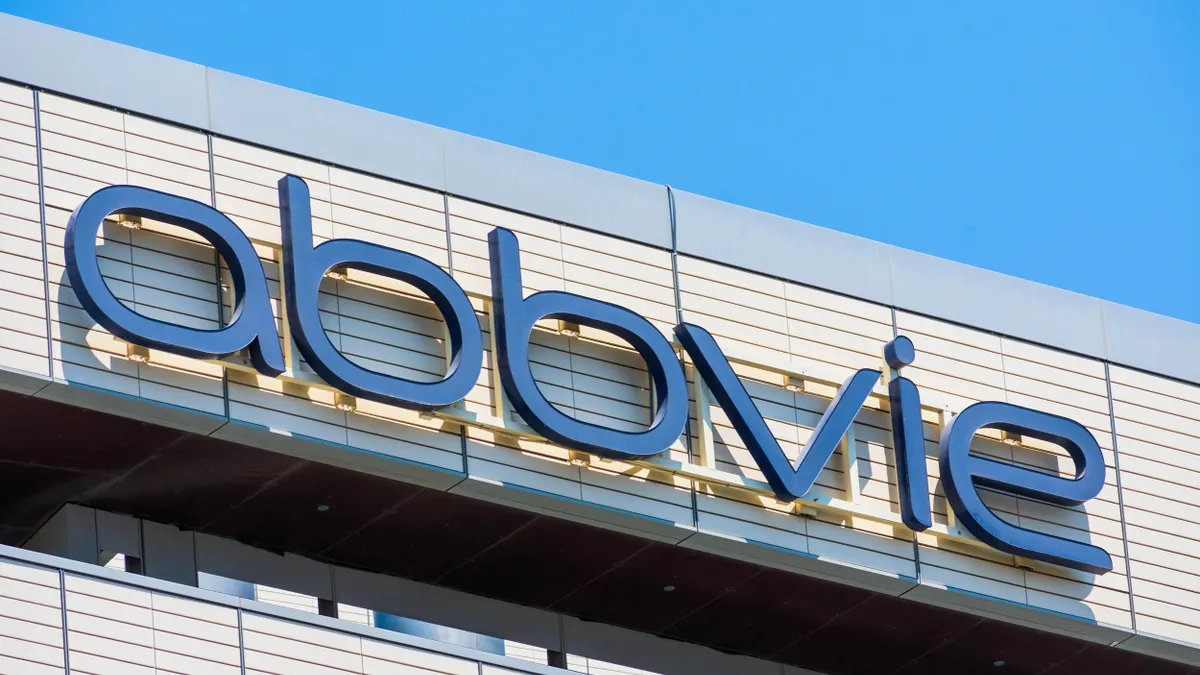Pharma industry sponsors are dominating clinical cancer research at a level that’s increased “dramatically” from decades past, according to a study published in The Journal of Clinical Oncology.
Industry-sponsored trials enrolled over eight times more patients than federally sponsored research between 2018 and 2022. For adult studies, industry-sponsored trials enrolled nearly 10 times more patients.
Industry sponsorship benefits scientific research and of course, hastens drug discovery, Joseph Unger, a health services researcher and biostatistician at Fred Hutchinson Cancer Center and lead author of the study, pointed out. But it can also have a negative effect on the kind of research conducted.
“Federally-funded trials address a broader set of research questions that are not always a priority for pharma,” Unger told PharmaVoice via email. “These include de-escalation trials, trials that combine different treatment modalities (such as surgery plus systemic therapy), or trials that combine drugs from different sponsors that were previously approved for other cancers.”
In contrast, pharma-sponsored research is mostly geared toward new drug approvals.
“Although I recognized that the landscape of sponsor funding had changed, I did not recognize quite how dramatically it changed."

Joseph Unger
Health services researcher, biostatistician, Fred Hutchinson Cancer Center
If pharma-sponsored trials are also drawing participants from a limited patient pool, “there is less opportunity to answer the kinds of clinical research questions that are important for patients but low priority for pharma,” he said.
Another downside is the relative lack of demographic diversity in pharma-sponsored trials. Three times more Black participants were enrolled in federally-supported research than in industry funded research between 2008 and 2018, according to one analysis.
And while pharma companies are attempting to increase clinical trial diversity, government-sponsored trials are falling short, too.
A recent report from the Office of Inspector General randomly sampled 30 phase 3 trials funded by the National Institutes of Health and found that only two-thirds had inclusive enrollment plans. Even among trials with a plan in place, most “missed planned enrollment targets for underrepresented groups.”
A changed landscape
Thirty-plus years ago, clinical cancer research was mostly supported by federal funding. Today, that equation has flipped. Not only has pharma funding increased, but federal funding has flatlined and “not kept up with inflation or with the increased incidence of cancers in the population,” Unger said.
But Unger was surprised by the degree of that shift uncovered in his study.
“Although I recognized that the landscape of sponsor funding had changed, I did not recognize quite how dramatically it changed. I had expected that the ratio of enrollments attributable to industry versus federal funding was about 2:1 or 3:1. Instead, the ratio was about 3 times greater,” he said.
And the influx of pharma-sponsored research has created other challenges. A separate study in the Journal of Political Economy suggests that financial incentives may skew research results. The study aimed to uncover how financial influences impact reported drug efficacy and focused specifically on psychiatric drugs including antidepressants and antipsychotics. Ultimately, the authors estimated that drugs in manufacturer-funded trials are reported to be about 50% more effective than in trials sponsored by other groups.
“[The] paper is the first to examine the effect of financial sponsorship on [randomized control trials] outcomes by directly comparing a large set of trials in which the exact same arms are tested with differing financial interests,” wrote study author Tamar Oostrom, an assistant economics professor at the Ohio State University.
One example called out in the analysis is the antidepressant drug Effexor, which Wyeth Pharmaceuticals introduced in 1993. Over 15 years, Wyeth compared the effectiveness of Effexor with Prozac, and in 12 of the 14 trials funded solely by Wyeth, Effexor was shown to work better. But the same result was found in only three trials with different funding.
While Unger applauded the progress pharma has made in cancer R&D, he also noted the challenges it’s brought.
“While there are clear benefits to increased pharma funding, in terms of accelerated discovery of new drugs for patients with cancer, there are also potential consequences,” he said.









